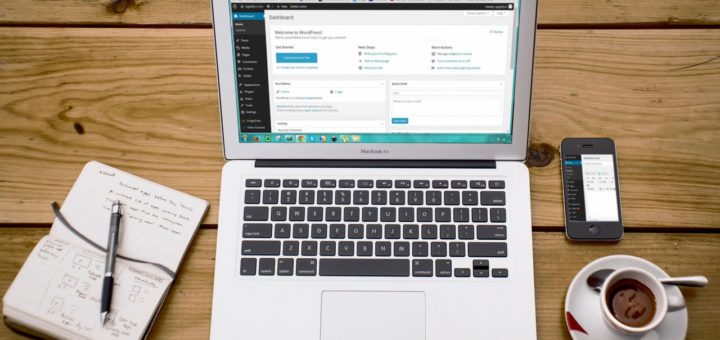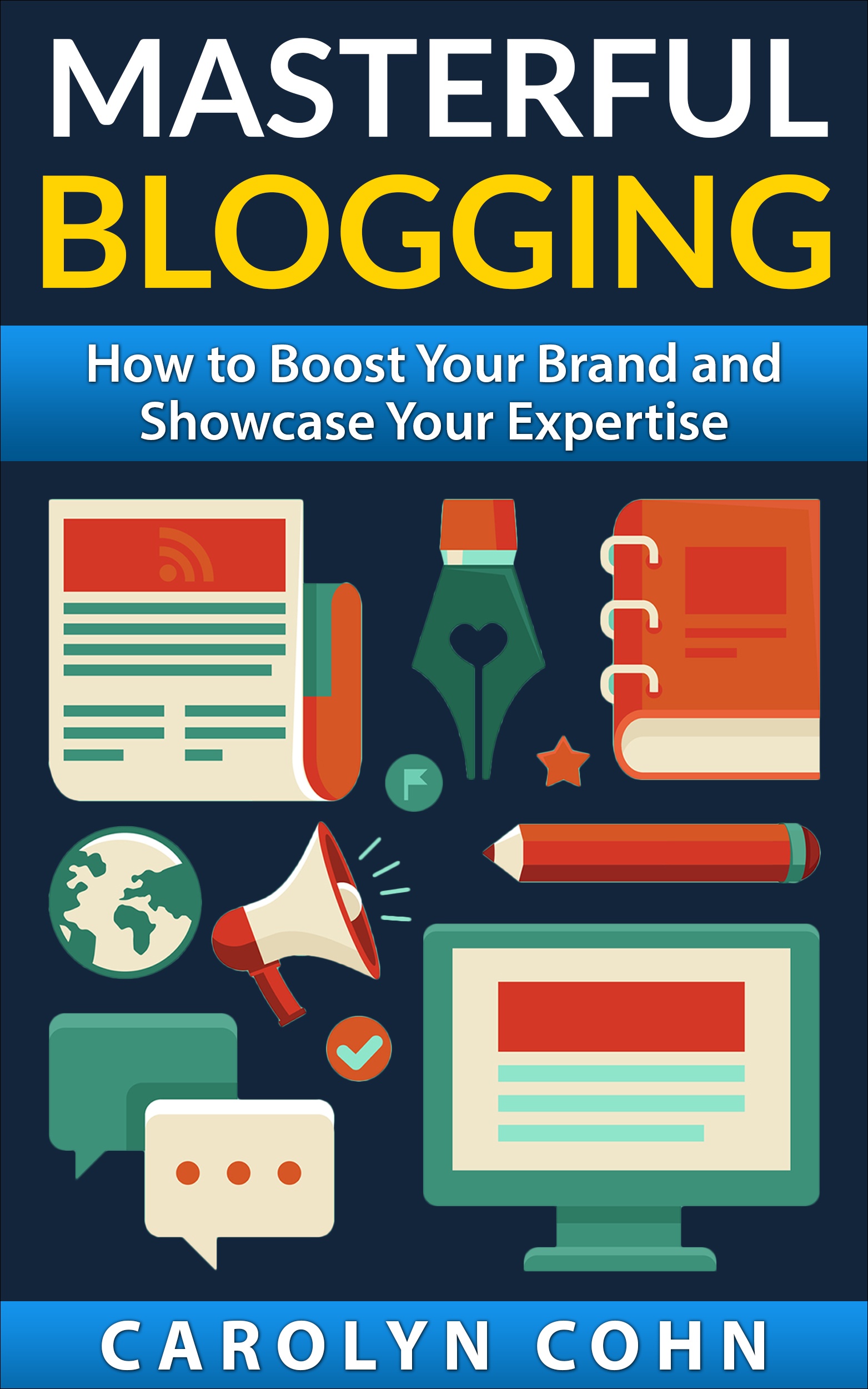How to Create Great Twitter Headlines

The growing popularity of Twitter makes it a valuable marketing vehicle for your business to get noticed and to route significant traffic to your website. This applies not only to the tweets that you create but also to those that you share and comment on, which, in turn, helps you build your Twitter audience.
For marketing purposes, the power of Twitter is essentially the presentation of short bursts of content that capture peoples’ attention quickly and move them in a particular direction. The best way to do this is through the creation of the short, clear, and effective headline that draws readers in right away. The Twitter audience is a very impatient one; if these readers are not enticed by what they read in a single, short line of copy, they will probably go elsewhere.
How do we maximize the effectiveness of the headline? One current method that provides focused and powerful results is the 4-U copywriting technique taught by the American Writers & Artists (AWAI). This method consists of the following four components:
- Be USEFUL to the reader
- Provide him/her with a sense of URGENCY
- Convey the idea that the main benefit is somehow UNIQUE
- Do all of the above in an ULTRA-SPECIFIC way
The Re-emergence of the Short Headline
The rise of Twitter brings us back to a time when the best, most effective headlines were very brief. This was shown by Julian Lewis Watkins in The 100 Greatest Advertisements, in which he stated that 95% of the most effective headlines from the early years of magazine advertising consisted of 8 words or fewer. According to Watkins, the reason for this was that magazine copywriters needed to write headlines in a very limited amount of space–just like Twitter users. With the emergence of the web page, the space limitations became a thing of the past for a while. However, Twitter’s 140-character limit has reintroduced the need for tight headlines. This is especially true now since the mindset of the web audience is use short, catchy headlines.
Retweeting
One other important factor in Twitter headline writing is retweeting. Retweeting is the rewriting of other people’s content. Retweeting can potentially have a large impact on your own Twitter following through the act of helping to make someone else’s words stand out in the crowd. According to Twitter etiquette, you must still acknowledge the author whose words you have edited. If you do that, people will be aware that you are a part of this process and will give you credit for your work.
When it comes to retweeting a headline, this can add words because of the accreditation to the author(s). If the 4-U technique is maintained throughout, good results will follow and more and more people will recognize and trust you and want to find out what you have to say. Your past performance and editorial judgment in selecting and producing quality content is what leads to that trust. And this begins with the quality of your headline writing.
For ways to improve your Twitter headline writing, please visit us at CompuKol Communications (www.compukol.com).



